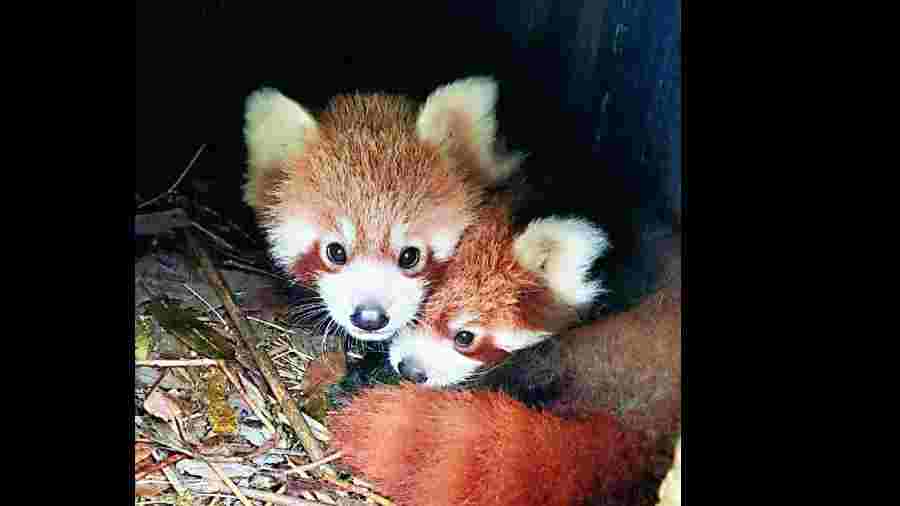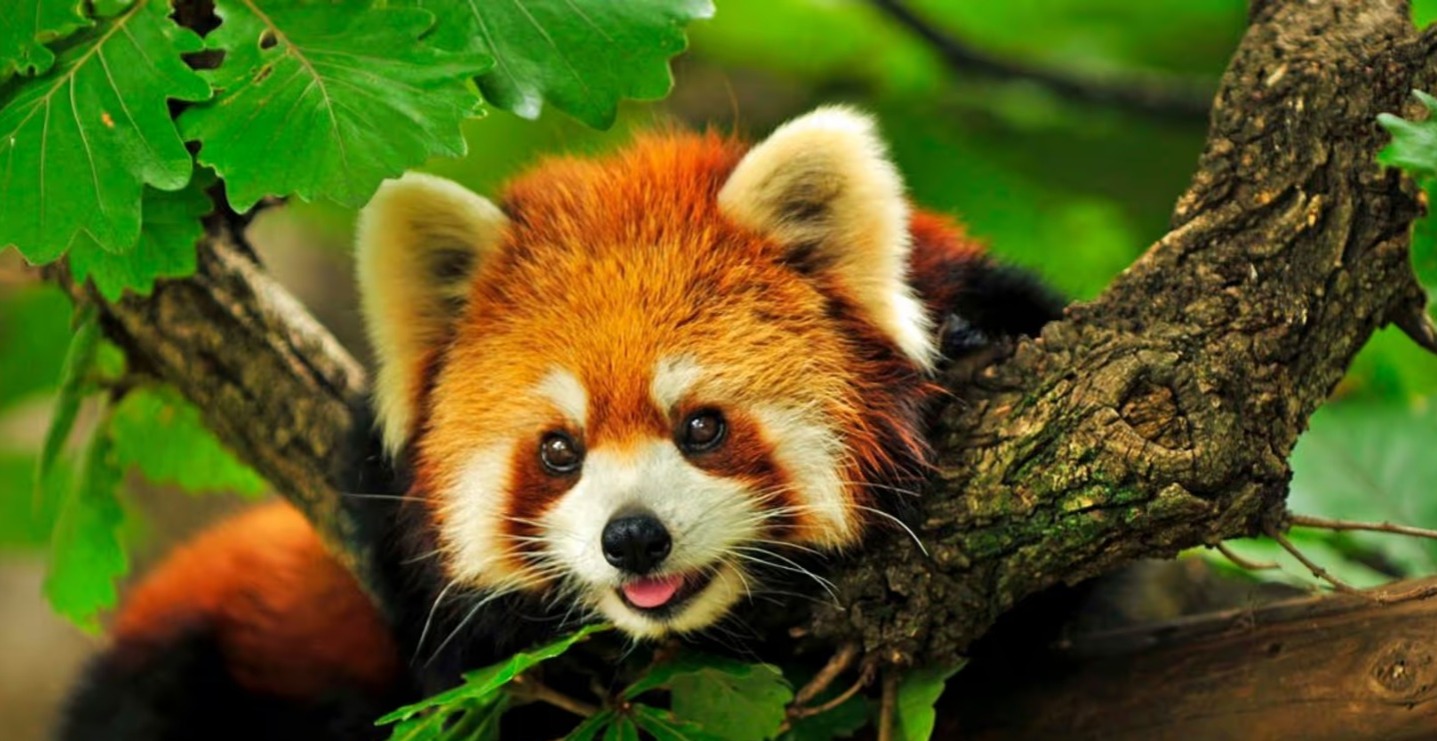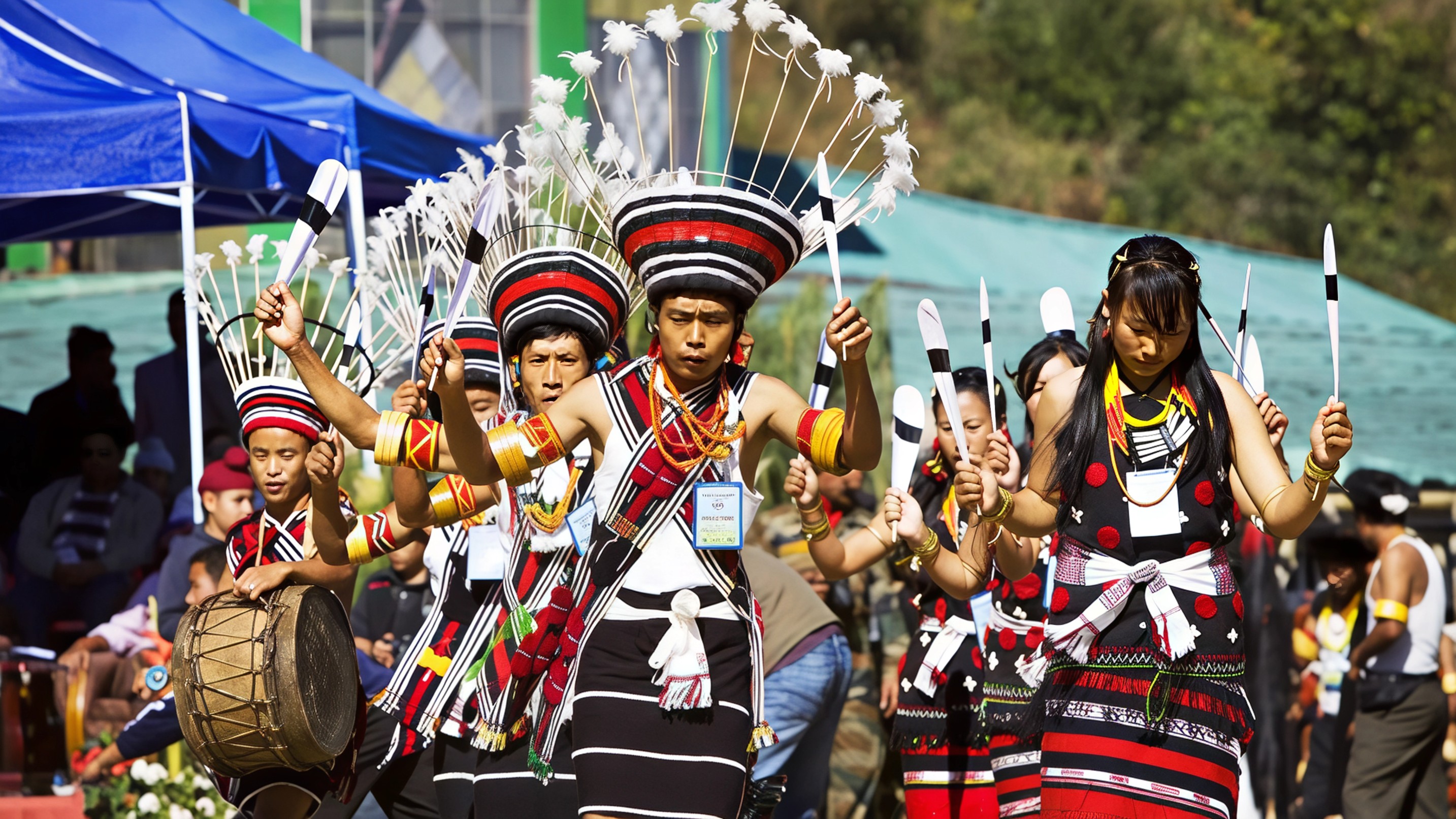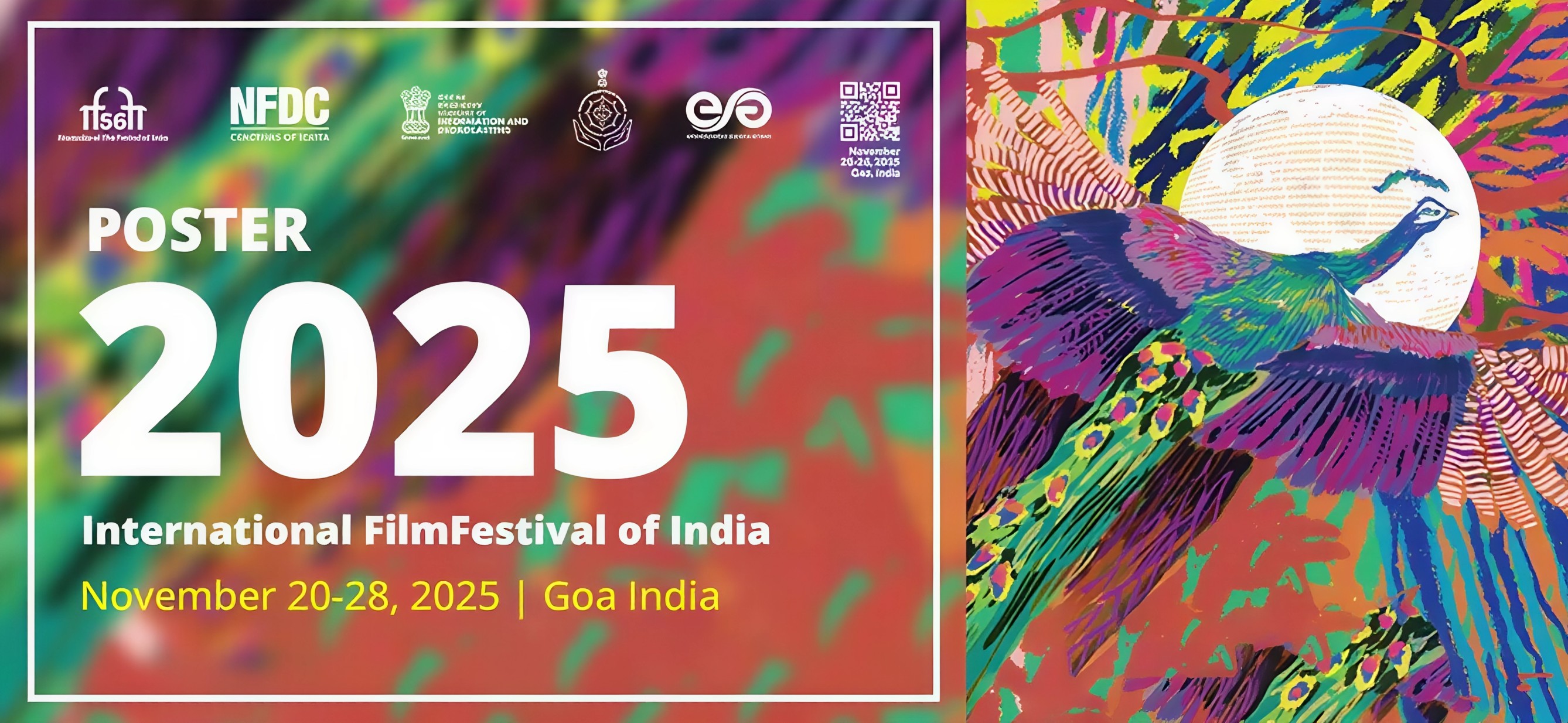In a heartwarming development from the Eastern Himalayas, two red panda cubs have been born at the Himalayan Zoological Park in Gangtok. This marks the first successful breeding in the zoo after nearly seven years and stands as a promising moment for wildlife conservation in the region. The cubs were born on the fifteenth of June to red pandas named Lucky and Mirak, who are now gaining praise for being attentive and nurturing parents. Zoo officials say the cubs are healthy and doing well, adding momentum to the park’s long-standing conservation breeding programme.
Established in 1997, the Red Panda Conservation Breeding Programme in Sikkim has had its fair share of challenges. While it began with just two red pandas sourced from Rotterdam and Darjeeling, the programme has since focused on increasing genetic diversity by introducing wild-origin animals into the population. Unfortunately, outbreaks of Canine Distemper in recent years have impacted the captive red panda numbers. Yet, the recent births bring a sense of renewal and reinforce the value of sustained conservation work even in the face of adversity.
Red pandas, though incredibly cute and captivating, are classified as Endangered on the IUCN Red List. Their natural habitat is restricted to the temperate forests of the Eastern Himalayas and parts of China. In India, they are primarily found in Sikkim, Arunachal Pradesh, and the higher altitudes of West Bengal. Red pandas prefer forests filled with deciduous and conifer trees, especially where dense bamboo undergrowth is present. Bamboo is a major part of their diet, making this kind of vegetation essential for their survival. These forests are typically located between two thousand two hundred and four thousand eight hundred metres above sea level.
The greatest threat facing red pandas today is habitat loss. Expanding agricultural fields, unplanned development, and deforestation are eating away at their forest homes. Fragmented forests mean that red pandas struggle to find mates and safe shelters. Human activity such as livestock grazing and forest encroachment disturbs their feeding and movement patterns. Poaching adds another layer of danger, with some red pandas captured for the illegal pet trade or hunted for their fur. All of this has pushed the species closer to extinction.

In a twist of fate, the very species once flourishing in the wild now finds protection behind the fences of conservation centres like the one in Gangtok. Captive breeding might not be ideal, but in today’s world, it has become a necessary lifeline. Controlled environments ensure safety, continuous monitoring, and a fighting chance for species that might not survive without help.
The recent success at the Sikkim Zoo sends out an important message. It reflects not just the resilience of the red panda, but also the dedication of conservationists who work year after year for outcomes that can take a decade to bear fruit. It also serves as a gentle reminder that the survival of wildlife often depends as much on human responsibility as it does on natural processes.
For travellers and wildlife enthusiasts, the Himalayan Zoological Park in Gangtok is open to visitors. It is one of the few places in India where red pandas can be seen in semi-natural enclosures that replicate their high-altitude habitat. The zoo is a window into a world that is slowly vanishing, and every visit supports its mission to keep it alive.
For more such stories that celebrate nature, wildlife, and hidden travel gems, follow Travel Moves on Instagram and Facebook.








